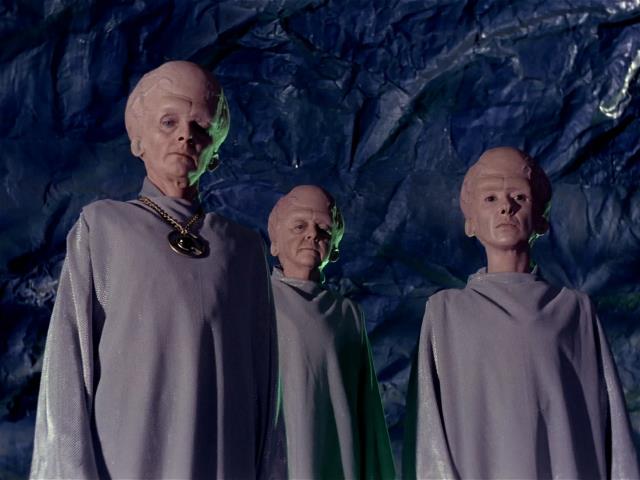
Posted on 06/13/2005 12:42:00 PM PDT by The_Victor
WASHINGTON — A planet that may be Earth-like — but too hot for life as we know it — has been discovered orbiting a nearby star.
The discovery of the planet, with an estimated radius about twice that of Earth, was announced today at the National Science Foundation.
"This is the smallest extrasolar planet yet detected and the first of a new class of rocky terrestrial planets," Paul Butler of the Carnegie Institution in Washington said in a statement. "It's like Earth's bigger cousin."
Geoffrey Marcy, professor of astronomy at the University of California, Berkeley, added: "Over 2,000 years ago, the Greek philosophers Aristotle and Epicurus argued about whether there were other Earth-like planets. Now, for the first time, we have evidence for a rocky planet around a normal star."
Though the researchers have no direct proof that the new planet is rocky, its mass means it is not a giant gas planet like Jupiter, they said. They estimated the planet's mass as 5.9 to 7.5 times that of Earth.
It is orbiting a star called Gliese 876, 15 light years from Earth, with an orbit time of just 1.94 Earth days. They estimated the surface temperature on the new planet at between 400 degrees and 750 degrees Fahrenheit.
Gliese 876 is a small, red star with about one-third the mass of the sun. The researchers said this is the smallest star around which planets have been discovered. In addition to the newly found planet the star has two large gas planets around it.
Butler said the researchers think that the most probable composition of the planet is similar to inner planets of this solar system — a nickel/iron rock.
Gregory Laughlin of the Lick Observatory at the University of California, Santa Cruz, said a planet of this mass could have enough gravity to hold onto an atmosphere. "It would still be considered a rocky planet, probably with an iron core and a silicon mantle. It could even have a dense steamy water layer."
Three other extrasolar planets believed to be of rocky composition have been reported, but they orbit a pulsar — the flashing corpse of an exploded star — rather than a normal type of star.
———
On the Net:
National Science Foundation: http://www.nsf.gov
That's just nasty to see while eating dinner!
The Bible says God created the heavens AND the earth...which to me leaves open the possibility of life elsewhere.
Earth-like but far too hot for any type of life? Doesn't sound very "earth-like" to me.
Earthlike but too cold, earthlike but too big, earthlike but too gaseous, earthlike but too hot, earthlike but too small. What is earthlike when it isn't earthlike?
Ans. Whatever planet a scientist on a grant discovers.
The Bible says God only created Earth? Scripture please. God is a Creator, why would he create such a vast universe for only us?
What is the mathematical formulae for gravity?
Sarcasm.....
Post #6 pretty much answers those questions. It depicts a very dense gas giant ;)
When dealing with a uniform shell of mass (and planets can be thought of as just a bunch of concentric uniform shells of mass), the gravity, for all points outside the shell, is the same as it would be if all the mass were concentrated at the center.
Ive pretty much figured out that it matters how much there is not how densely it's packed.
In any case I don't think we would be walking around on the surface of a rocky planet 6 to 7 and a half times as massive as the earth.
An earthsize planet discovery is pushing the boundaries of what is possible. Soon, though, when the new hardware gets placed in space, there will be a lot of new planets found, including small, rocky planets. Earthlike is possible, but I wouldn't plan on it.
I was somewhat in error. Density does matter in that the more dense an object is the smaller the radius. This website has a good treatment of the subject.
http://www.geocities.com/nickemarkov/ExpansionAndGravitation.html
It has to be a typo, at 2M miles with an orbit of 1.94 days should have read 1.94 years. Am I looking at this wrong? What say you?
Again, refer to the pic in post 6.
A gas giant with a LOT of air between the poles.
Maybe they meant rotation?
A 2 day orbit would put it almost 1/2 million miles an hour (someone want to check my math?)
That kind of gravity only attracts moonbats.

Disclaimer: Opinions posted on Free Republic are those of the individual posters and do not necessarily represent the opinion of Free Republic or its management. All materials posted herein are protected by copyright law and the exemption for fair use of copyrighted works.